#pets_tuttorial #jane_brody #pet_blog #pet_training #pet_products_reviews #best_dog_products #best_cat_products
A dog collar is an important and basic accessory. However, regardless of the type of dog collar that you prefer to use with your canine, you must ensure that is both effective and safe. Dog collars are available in a range of sizes, designs, and materials and you can always find what suits your canine. You need to be cautious about the dog collar that you choose because it will be placed around the pet’s neck.
You must be confident that the collar sits comfortably on the neck and does not hurt your canine in any way. The best dog collar should do its intended job while keeping the pet comfortable and allowing it to freely handle its everyday activities without any restrictions.
If your canine looks like it is in pain, then you should fix this issue by loosening the collar. If the collar does not stay on the neck, then you can slightly tighten it or use a harness. Nobody understands your dog better than you do, so you must ensure that you what you think is best for your pet.
What is a Dog Collar?
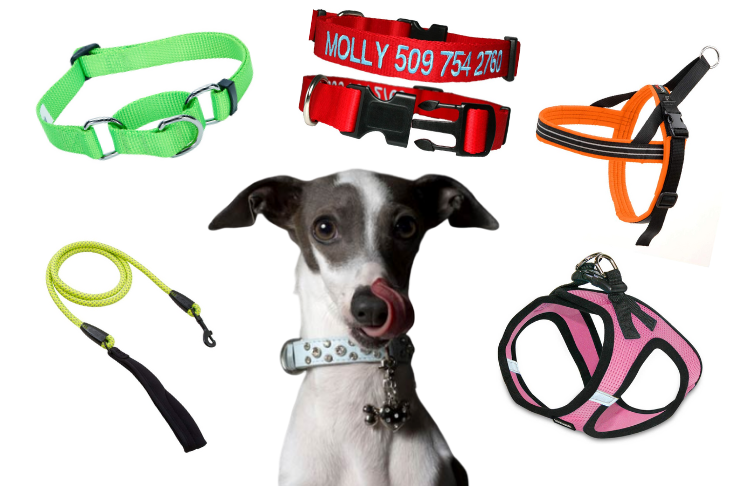
A dog collar is simply a basic accessory for canines that is put around the neck and is meant to manage and control the dog. Additionally, dog collars are used for identification, protection, and even decoration. Collars for dogs are usually made using any sold material like leather, metal, or textile and are designed in the form of a strap.
Dog collars play a crucial role in keeping your pet safe. Chokers should be worn whenever your canine leaves the home. However, for added security, some pet owners leave these collars all day long. It is important for dog owners to invest in a properly fitting collar to keep their pets contained because even the well-trained canines can still have their rebellious streak once in a while.
However, you must ensure that the collar suits the needs and personality of your dog and it fits properly. This is because collars will only be effective if they fit perfectly around the dog’s neck. The collar should be tight enough to prevent dogs from wriggling their way out and loose enough to prevent injuries.
Even though many people do not give a second thought when it comes to dog collars, these accessories can be very dangerous. Injuries caused by improperly fitted collars are more common than people think. This is why it is important to ensure that the dog collar fits just right.
How Should a Dog Collar Fit Properly?
The dog collar must be long enough to guarantee a perfect fit on the neck. Keep in mind that canines tend to grow a little bit each day, this is true, especially for puppies. Therefore, when fitting a choker on your pet, you must check whether it fits properly as often as possible. Full-grown dogs may not grow much every day, but you should still check their collars once in a while.
To confirm whether it fits perfectly, you can put two fingers inside the collar to determine whether there is adequate space to wiggle them. If you feel that the space is too tight for the two fingers, then it is definitely too tight for your pet. It is always best to have an adjustable dog collar irrespective of the type of breed you have. This way, you can easily change the size within a few seconds.
When is a Dog Collar Too Tight?
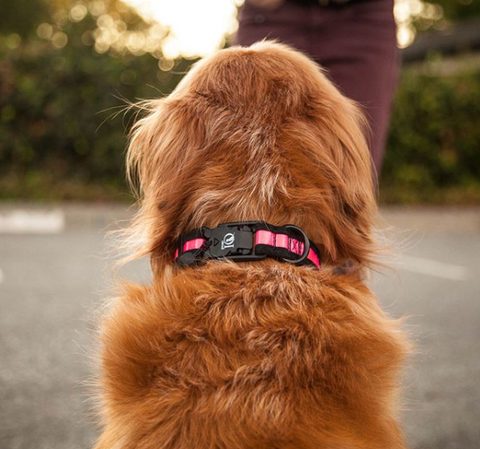
Dog collars can either be too loose or too tight causing your furred pet to feel uncomfortable most of the time. Having a collar that is too tight can be more dangerous than one that is extremely loose. This is why pet owners need to pay close attention to their pets, especially those that are still growing. In most cases, when puppies have an extremely tight collar, they will try to take it off and this is a sign that they are choking or uncomfortable.
Conversely, some pups will just lay aside and not move an inch even when they are uncomfortable, while others will vomit and cough frequently. All these strange behaviors are an indication that the dog collar is too tight and you should utilize the two-finger rules to confirm and make the necessary adjustments.
When Is A Dog Collar Too Loose?
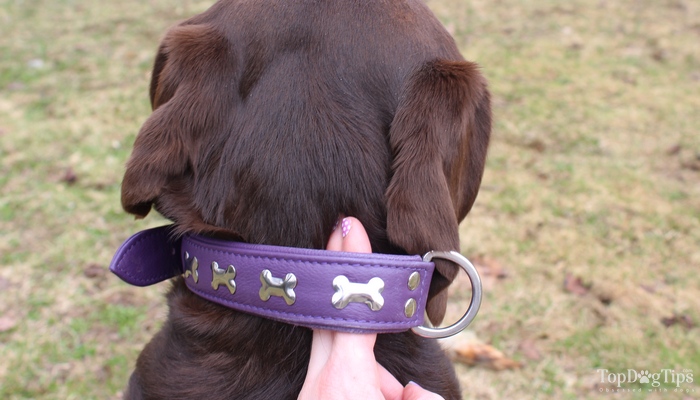
Most pet owners believe that loose collars may not harm and hurt their pets, however, this is not true. Although loose collars may not choke your pet, they may cause other things that can affect your pet. When a dog collar does not properly fit, it tends to move around the neck more often than it should. As a result, your dog will start losing fur around the neck and eventually, the skin will become red, itch, and irritated. If the dog collar has room that can comfortably accommodate more than two fingers then it is too loose.
The Importance of Having a Properly Fitting Dog Collar
It is important for every pet owner to secure his/her dog’s collar to ensure that it is safe and comfortable. Collars can offer lots of benefits to your dog, however, they can also damage the dog’s well-being and body if they are not properly fitted. Here are problems that may happen if you have inappropriately fitting dog collars.
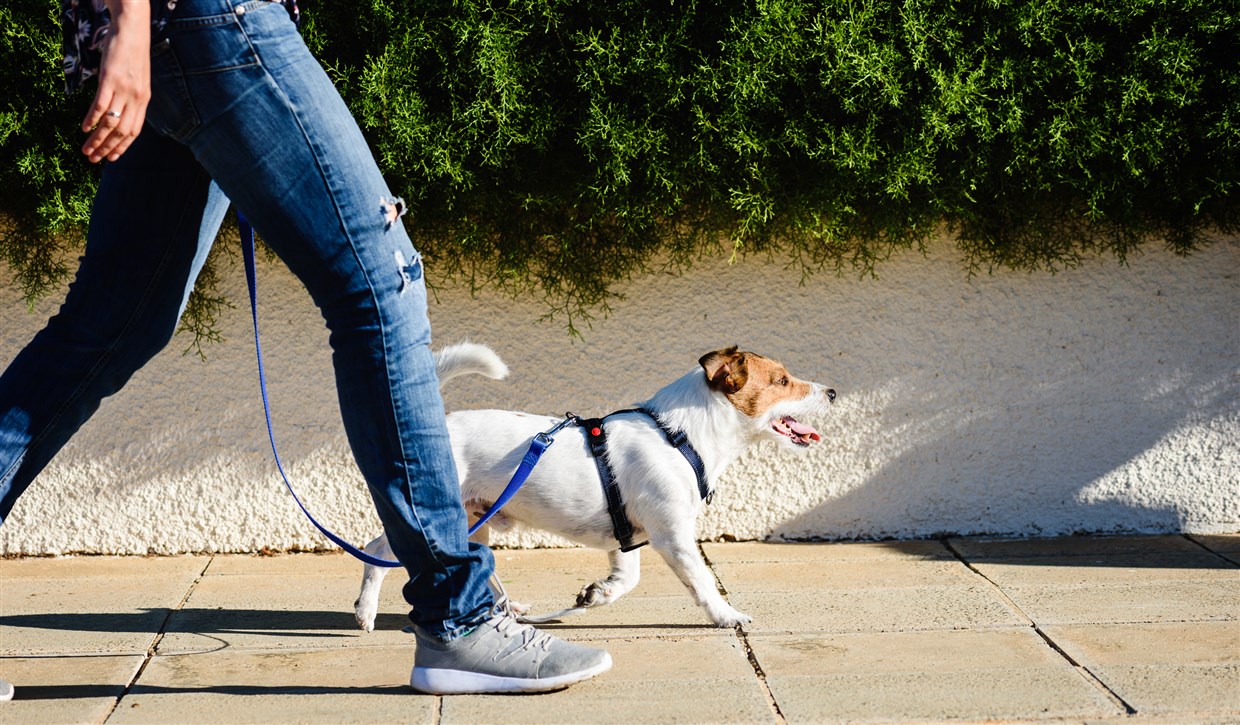
Neck Injuries
Neck injuries are a big risk when using dog collars. Neck injuries mainly occur when the collar is extremely tight and your furred pet suddenly jerks in a particular direction. In most cases, the injuries that occur are always minor and the dog may suddenly cough because of breathing challenges or they may injure their neck muscles.
However, when the collar is not immediately loosened, dogs may experience lifelong complications. For example, the tissues around the neck may be damaged or they may hurt different glands. In extreme situations, your dog may even experience fractured bones.
Choking
Have your dog’s identification tags or collar ever been caught on something? This problem is more than just a minor nuisance for your dog. This is because your furred animals can easily get their collar caught by something as they jump or run.
If the collar is too loose, the object may get entangled underneath the collar and your pet may strangle themselves as they attempt to get free. The risk of strangulation is higher when the pet is tied outside on a leash. Tree branches, fences, and even pots can get caught on the dog’s collar as they jump or move around essentially hanging the dog.
Accidental Leg and Mouth Injuries
The best dog’s collar is one that can easily accommodate their everyday activities like scratching and grooming. Most common injuries are usually caused by dog collars that are extremely loose. As the dog tries to lick themselves, their mouths may get stuck on their collar and this may result in cuts in the mouth or even breaking of teeth. Their feet may also get caught in the collar as they try to scratch themselves resulting in the dog breaking its limb as it struggles so hard to get free.
Skin Irritation
When collars are too wide, too loose, or too tight, they can cause skin irritation. Most do owners may assume that the edges of the dog collar cannot do much damage to their pets. However, constant friction between the collar and the skin may cause hair loss, rashes, and even cuts. Therefore, if you notice any type of irritation on your dog’s skin, you should ensure the collar properly fits your pet. You can even purchase collars that have padded interiors to enhance the comfort of your pet.
How to Find Dog Collars that Fit Perfectly
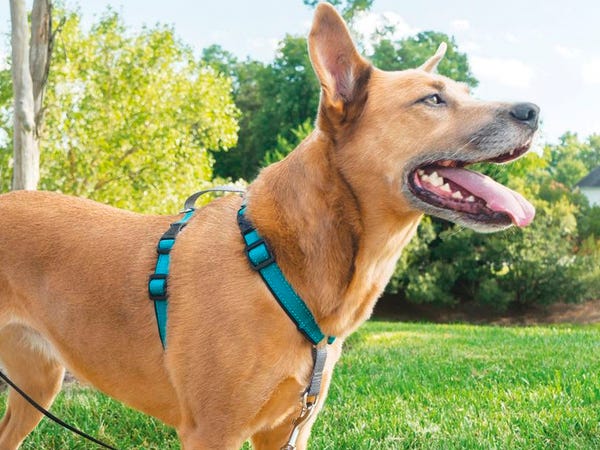
To suit all breeds of dogs, collars come in a variety of sizes. Most manufacturers will utilize sizing labels like Large, Medium, or small. However, you should never take these collar sizes at face value. This is because dog collars are just like human clothing and the sizes will vary from one brand to another. Keep in mind that you can easily adjust the collar to ensure it is tighter, however, you cannot add more material to make the collar looser. When buying collars for your dog, you should always check the following:
Neck Measurements
Before buying a dog collar, you should take accurate neck measurements to ensure that it is perfect for your canine. This is important because all dogs are different and even the same breed of dogs will have varying neck measurements because of weight and lifestyle. Instead of just guessing, it is best that you take a tape measure and determine the size of your dog’s neck. Ensure that you take several measurements at different points of the neck. Usually, the lower part of the neck is always the most accurate.
If you do not have a tape measure, you can use a piece of fabric or sting and then use a ruler to get the actual measurements. Keep in mind that with continued use, the forces of gravity will cause the dog collar to slide down till it gets to the shoulders.
Collar Width
Apart from the circumference of the dog’s neck, you should also consider the thickness. When looking for dog collars, you will notice that they come in different lengths and widths too. Some dog breeds tend to have relatively short necks that need thinner collars, for example, bulldogs and pugs. If you buy a collar that is extremely thick, then it will cause uncomfortable chaffing when the canine is walking.
Measuring the width of the neck may be a challenge, all you need to do is just examine your canine to determine whether they would feel better with a thicker or shorter collar. In general, thicker dog collars offer more support and this makes them perfect for stronger dogs. Wider collars tend to be more comfortable because they exert reduced pressure on the pup’s neck.
Generally, thinner dog collars are ideal and more comfortable for smaller or overweight pets. However, you should remember that wide collars tend to weigh more and this makes them a bad choice for smaller dog breeds. If you are not sure about the strength of your dog, it is best that you stick to the standard 1 ½ inch width.
Collar Length
When looking at the right collar length, you need to put into account the type of hair your dog has. Some dogs tend to maintain almost the same length and amount of hair all-year-round. However, some canines tend to shed some fur during summer and become fluffy during the winter months. For such canines, you need to consider the shrinking and enlarging of their neck circumference as it will determine the length of the collar to purchase. Keep in mind that short collars may choke your pet, while those that are too narrow may cut them or even damage their larynx. Dogs may also become stressed if the collar is too narrow or too short.
The Two-Finger strategy for a Perfect Fit
Once you buy a dog collar and you put it on your pet, you should carry out the ‘’two-finger test’’. Make sure that you secure the collar around the neck of the dog and ensure that it has adequate space to move around. However, the collar should not press into the skin of your pet as it can cause irritation. You should then slide two fingers behind the dog’s collar and against the neck. If the choker feels snug then it is a perfect fit, however, if you have a challenge forcing your fingers through the collar then it is too tight.
It is important that you also slide the collar up to determine whether it can easily slip over the dog’s head. Furred pets that have triangular heads like greyhounds and Siberian Husky are normally notorious for slipping their heads out of their collars. If the dog collar can move past the ears, then it should be tightened a bit.
Importance of Checking a Dog Collar Regularly
Just like people outgrow their clothes, canines do not wear their original collars for a lifetime. Their collars may become ill-fitting over time, for instance when a puppy grows or when adult dogs become stronger or add weight. As a result, their current collar may become too narrow or too tight. In such scenarios, the dog may become restricted and can cut into or even be strangled by their collar and this is when you need to get a new collar.
Pert owners should always conduct random visual checks of their dogs to determine whether the collar still serves its purpose and it is a perfect fit. The collar should not irritate the fur or hair in any way causing them to fall or over harden. Frequent checking of the collar can also help you to know whether any fastenings or joints are loose.
For GPS or electronic collars, you need to check the construction and battery status regularly to ensure that it is in perfect working condition. For the anti-parasitic collars, you need to carefully monitor the replacement intervals.
Final Thoughts
Every dog breed looks great wearing a beautiful collar with its name inscribed on a small tag. Not only are dog collars adorable, but they can also be useful when your pup gets lost. However, most pet owners do not know how tight their dog collars should be. This is why pet owners should pay close attention to how their canines behave when they are wearing a new collar. Dogs always show how they feel when a collar is around their neck and this can help you pick the right collar that will not only be beautiful but also functional. A properly fitting collar is essential for the safety, comfort, and overall health of your dog.
The post How Tight Should A Dog Collar Be? appeared first on Pets Tutorial.
by Jane Brody via Pets Tutorial
Không có nhận xét nào:
Đăng nhận xét